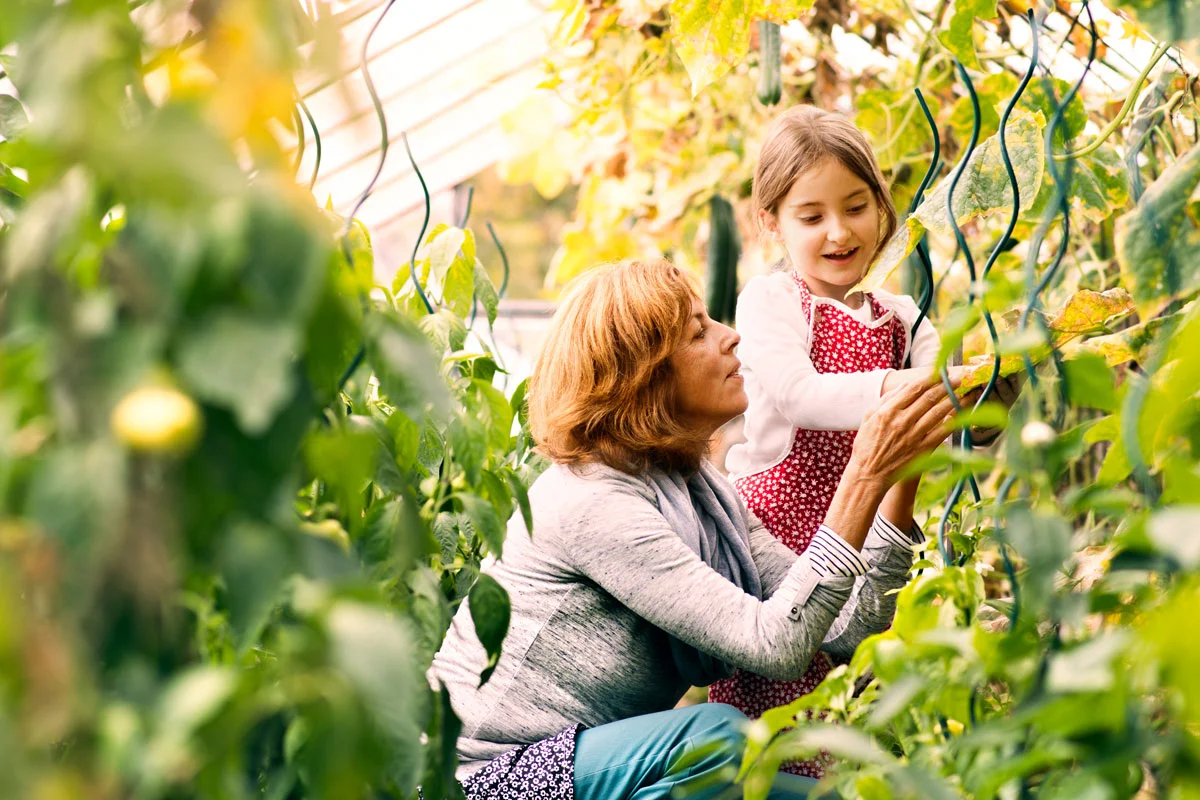1. Sustainable Gardening: Eco-friendly Practices for a Greener Tomorrow
As climate change continues to be a pressing issue worldwide, sustainable gardening has gained significant attention. This trend focuses on adopting eco-friendly practices that minimize waste and reduce environmental impact.
One way to achieve this is by implementing water-saving techniques such as drip irrigation systems or rainwater harvesting.
According to the Environmental Protection Agency (EPA), landscape irrigation accounts for nearly one-third of all residential water use in the United States.
By utilizing drip irrigation systems that deliver water directly to plant roots while minimizing evaporation and runoff loss, homeowners can significantly reduce their water consumption while keeping their gardens thriving.
Composting is another essential aspect of sustainable gardening. By composting kitchen scraps and yard waste instead of sending them to landfills, you can create nutrient-rich soil amendments that enhance plant growth without relying on synthetic fertilizers.
Additionally, incorporating native plants into your garden is an excellent way to support local ecosystems and conserve wildlife. Native plants are adapted to local climates and require less water and maintenance compared to non-native species.
They also provide food sources and shelter for native birds, butterflies, bees, and other beneficial insects.
2. Vertical Gardening: Maximizing Space and Adding Visual Interest
In urban areas where space is limited or even in suburban homes with small yards or balconies, vertical gardening offers an innovative solution. This trend involves growing plants vertically on walls, trellises, or hanging structures, maximizing space and adding visual interest to otherwise unused areas.
Vertical gardens can be created using various techniques such as green walls, living fences, or even repurposing old pallets. They not only provide an aesthetic appeal but also offer practical benefits like improved air quality and insulation.
According to a study published in the Journal of Experimental Botany, vertical gardens have been found to reduce urban heat island effects by shading buildings and absorbing solar radiation. These gardens also help purify the air by capturing pollutants and releasing oxygen.
Furthermore, vertical gardening allows for easy access to plants for maintenance and harvesting.
It is particularly beneficial for those with physical limitations who may find traditional ground-level gardening challenging.
3. Smart Gardening: Incorporating Technology to Enhance Plant Care
With the advancement of technology, smart gardening has become increasingly popular among garden enthusiasts. This trend involves incorporating various digital tools and devices into your garden to enhance plant care and streamline maintenance tasks.
One example of smart gardening is using soil moisture sensors that measure soil moisture levels and automatically adjust irrigation schedules accordingly.
This ensures that plants receive adequate water without wasting resources through overwatering.
Smart lighting systems are another innovative addition to any garden. These systems use sensors or timers to control when lights turn on or off, mimicking natural daylight patterns or providing supplemental lighting during darker months. By optimizing light exposure, you can promote healthy growth in your plants while conserving energy.
Another aspect of smart gardening is utilizing smartphone apps that provide real-time information about weather conditions, plant care reminders, pest identification guides, and even virtual reality tours of famous gardens around the world.
These apps enable gardeners to stay connected with their plants no matter where they are while gaining valuable insights into best practices for optimal growth.
4. Native Plants and Biodiversity: Promoting Local Ecosystems and Wildlife Conservation
In recent years, there has been a growing awareness of the importance of preserving biodiversity and supporting local ecosystems. Native plants play a crucial role in achieving these goals as they have evolved alongside local wildlife and are better suited to withstand regional climates and soil conditions.
By incorporating native plants into your garden, you can provide essential habitats for birds, butterflies, bees, and other pollinators.
According to the National Wildlife Federation, nearly 90% of all flowering plants rely on animal pollinators for reproduction. By attracting these pollinators with native flowers and shrubs, you can contribute to the conservation of vital species while enjoying a vibrant and thriving garden.
Moreover, native plants require less water and maintenance compared to non-native species since they are adapted to local conditions. This reduces the need for synthetic fertilizers or pesticides that can harm beneficial insects or leach into nearby water sources.
To further enhance biodiversity in your garden, consider creating wildlife-friendly features such as bird feeders, butterfly houses, or small ponds. These additions not only attract fascinating creatures but also create an enchanting atmosphere that fosters a deeper connection with nature.
5. Edible Landscaping: Growing Your Own Food in Stylish and Functional Ways
The desire for fresh produce grown without harmful chemicals has fueled the rise of edible landscaping – a trend that combines both aesthetic appeal and functionality by integrating edible plants into traditional landscape designs.
Imagine walking through your garden admiring beautiful flowers while plucking ripe tomatoes from their vines or harvesting herbs for dinner. Edible landscaping allows you to enjoy homegrown food while adding color and texture to your outdoor space.
There are numerous ways to incorporate edible plants into your garden design.
For example, you can create raised beds filled with vegetables or herbs surrounded by ornamental flowers or install fruit trees along walkways as focal points.
According to a study published in Environmental Science & Technology journal , urban agriculture plays an important role in reducing greenhouse gas emissions associated with food transportation and can improve food security in densely populated areas. By growing your own food, you not only reduce your carbon footprint but also have access to fresh, nutritious produce right at your doorstep.
Biophilic Design: Creating Tranquil Outdoor Spaces Inspired by Nature
In today’s fast-paced world, finding moments of tranquility and connection with nature is becoming increasingly important for our well-being. Biophilic design is a garden trend that aims to create outdoor spaces that promote relaxation, mindfulness, and overall wellness.
This trend involves incorporating natural elements such as water features, rocks or boulders, and native plants into the garden design. These elements evoke a sense of calmness and harmony while creating a space where one can escape from the stresses of daily life.
According to research published in the Journal of Environmental Psychology , exposure to natural environments has been linked to reduced stress levels, improved cognitive function, and enhanced mood.
By designing gardens that mimic natural landscapes or include elements inspired by nature, you can create an oasis of serenity right outside your door.
Wellness Gardens: Cultivating Health, Mindfulness, and Relaxation through Green Spaces
As people become more aware of the importance of self-care and holistic well-being practices like yoga or meditation gain popularity; wellness gardens have emerged as a top trend for 2024. These gardens are designed specifically to enhance health benefits through sensory experiences and mindful interactions with nature.
One way to incorporate wellness into your garden is by creating dedicated spaces for meditation or yoga practice. This can be achieved by adding comfortable seating areas surrounded by lush greenery or installing calming water features that provide soothing sounds.
Another aspect of wellness gardening is focusing on plants known for their therapeutic properties. For example:
- Lavender: Known for its calming scent which promotes relaxation.
- Eucalyptus: Releases essential oils that aid in respiratory health.
- Chamomile: Aids in digestion and has a calming effect.
- Aloe Vera: Known for its healing properties and can be used to treat minor burns or skin irritations.
By including these plants in your garden, you can create a space that not only looks beautiful but also contributes to your overall well-being.
Gardening trends for 2024 are all about sustainability, innovation, and wellness.




No Comments